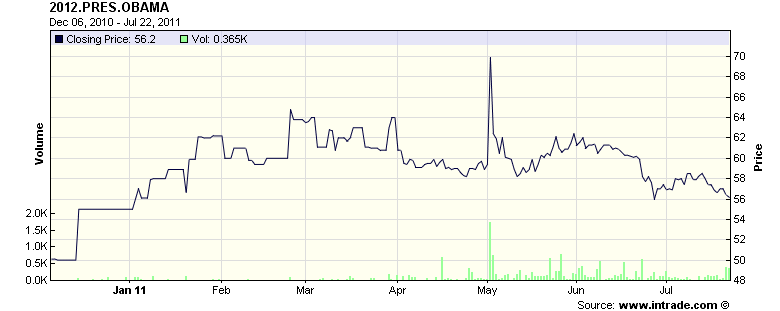Tim Groseclose's New Book on Liberal Media Bias
My good friend and co-author Tim Groseclose has a new book out entitled Left Turn: How Liberal Media Bias Distorts the American Mind. As the title suggests, it has a definite conservative slant. It is not, however, a right-wing rant by any means. Rather, it is a carefully researched and amusingly written book by a highly regarded academic.
I’m bored to death by politics. So I didn’t expect to enjoy Groseclose’s book, but I really did. I’m always surprised when an academic can write for a general audience, but Groseclose definitely has that gift.
As I said in my blurb for his book, liberals will not like what Groseclose has to say, but that is all the more reason why liberals should read his book.

